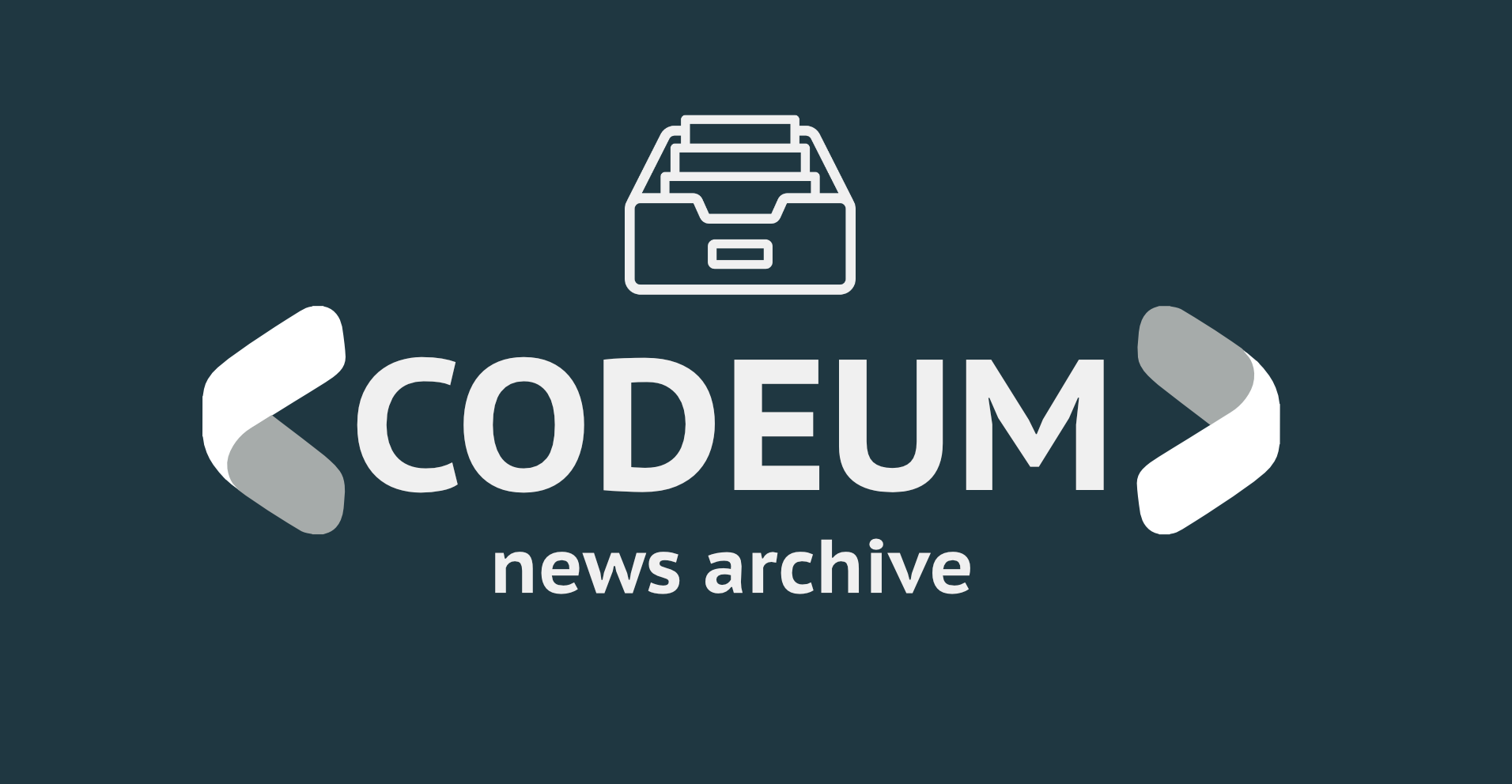
Ethereum Can Be Used for Cancer Research. Here’s How It Works
Key Takeaways
- A medical team made the case in a paper this year that blockchains were useful for cancer researchers to share information with each other for their AI systems.
- According to the team, blockchains allow AI model parameters to be shared simultaneously across all collaborators without the help of a centralized coordinator.
- The team specifically mentioned using smart contracts on Ethereum for that purpose.
Share this article
Ethereum’s smart contracts enabled three different teams of researchers to update their AI models simultaneously without passing through a centralized authority. The AI models themselves are being used to predict the emergence of cancerous cells in the body.
Decentralized Data Exchange
The Ethereum blockchain is being used in the global fight against cancer.
A research paper published in Nature Medicine in April, called Swarm learning for decentralized artificial intelligence in cancer histopathology and penned by 27 different contributors, indicates in one of its footnotes that the team began using the Ethereum network for its experiments with cancer.
According to the paper, artificial intelligence (AI) can help predict the emergence of cancerous cells in patients by extracting information about the shape and size of cells that isn’t visible to the human eye. The large datasets necessary to run such AI systems, however, face “practical, ethical and legal obstacles” from a data collection point of view, especially if the data is being shared across countries.
One of the ways to address this issue is by using federated learning (FL), which does not require researchers to share their data, only their locally-trained AI model weights (or parameters). The problem is that such systems rely on a centralized coordinator who essentially combines all the model weights together—and who then has complete control over the research project and its commercial exploitation.
Instead, the team pointed to the rising use of swarm learning (SL), a system which leverages blockchain technology in order to avoid handing power over to a centralized entity. In other words, SL enables teams to share their AI model weights while keeping all contributors on the same level, which makes collaboration between a greater number of parties easier, and which, in turn, feeds AI models with more data, making them stronger.
The research team specifically states that it used smart contracts on Ethereum in order for three separate computers to synchronize their AI model weights at designated times. In effect, all three partners had updated AI models simultaneously without requiring the assistance of a coordinator who would manually merge model parameters. “In this setup,” says the paper, “the blockchain maintains the global state information about the model.” The research paper found that AI systems birthed from the setup outperformed locally trained AI models and performed on par with other models trained with merged data sets (and that the technique was more data efficient). As medical professional AriGoldNFT explained when they pointed out the article on Twitter, “a hospital in New York can communicate with one in Los Angeles through nodes.”
This is important news for crypto in general and smart contract platforms in particular. So far, blockchains have proved extremely useful in the domain of finance, but critics and enthusiasts alike have decried the technology’s lack of adoption in other sectors. Ethereum creator Vitalik Buterin stated in August that crypto needed to “transform into something useful” within the next ten years. It would be hard to find a more worthy use case than for the medical field.
Disclaimer: At the time of writing, the author of this piece owned BTC, ETH, and several other crypto assets.
Share this article
Source link